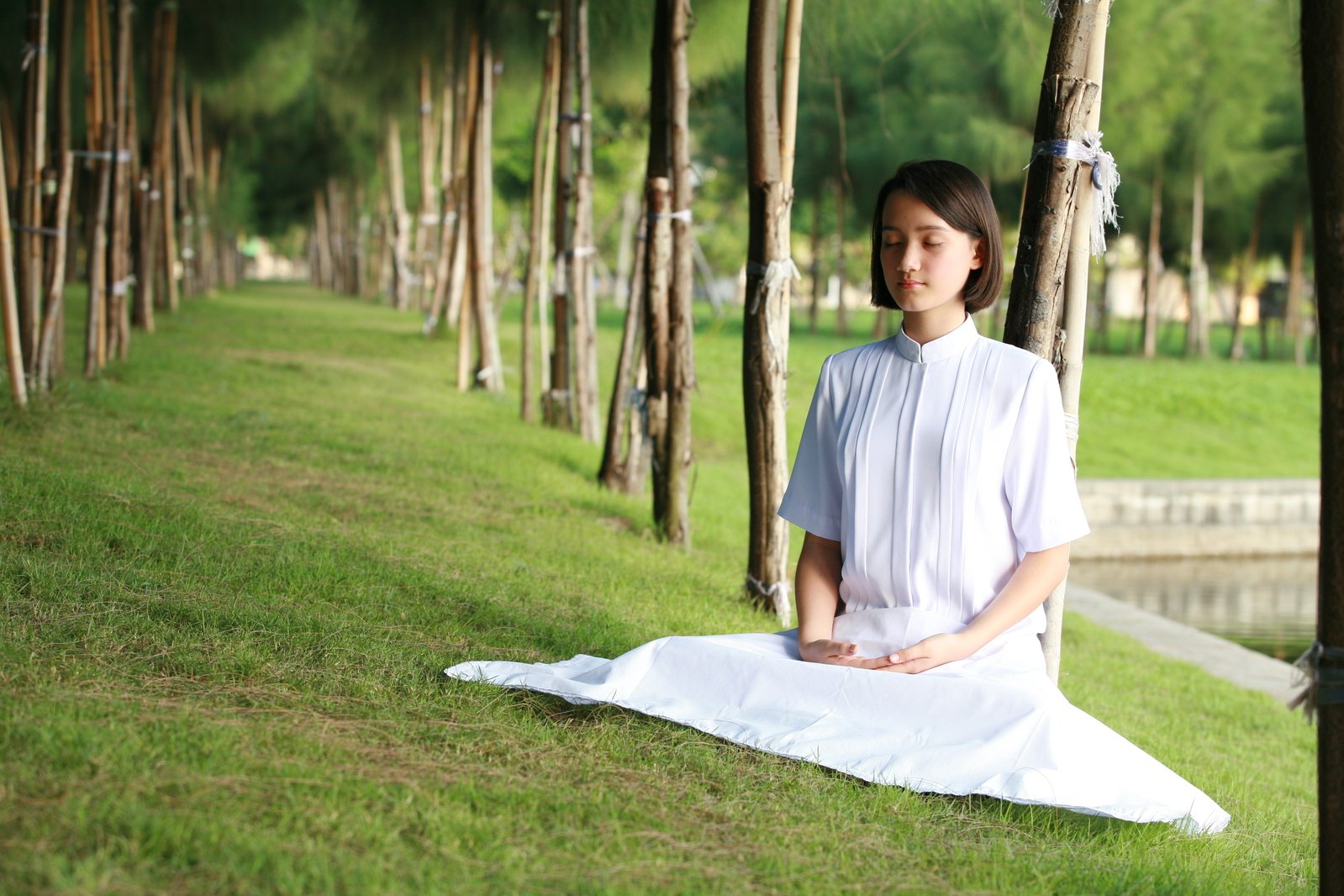Let us not limit yoga to the physical practice alone. Positions as well as sequences comprise just one minor attribute of yoga. Going deeper, this age-old way of life produces plenty of positive transformations in our lives. It is believed to generate health benefits and helps reduce stress.
Nonetheless, yoga goes beyond the physical or Asana into something that we can’t see and feel which is the essence of this ritual. Benefits escalate once the practitioner probes deeper into philosophies further than the postures. It’s not mandatory for anyone to tackle yoga universally from the start. But we need to know the 8 Limbs of Yoga that comprise the full path. We can focus on one separately in our lives.
Body Posture (Asana)
Asana make up the most distinguishable limb. Most of those who practice yoga today concentrate on Asana as an instant experience. Asanas refer not to the poses and movements of the body including stretching and bending. This limb use body strength and equilibrium. Postures in yoga are instrumental in soothing the mind and healing the tired body. Asana connects the two as it is learned and performed transporting the Yogi closer to a spiritual or mystical experience.
Universal Morality (Yama)
The Yama deals with the person’s values and moral behavior. Five Yamas embody the yoga’s moral code. Satya means truthfulness. Ahimsa is peace or non-violence. Brahmacharya is the correct use of energy. Asteya refers to non-stealing. Aparigraha denotes non-attachment. These five rules help practitioners adapt polite and non-violent conduct. It helps those who engage in yoga develop integrity as moral standard.
Breathing Exercise (Pranayama)
Pranayama is the control of Prana. In other words, this limb indicates the formal practice of controlled breathing. It links the respiratory process with the mind and emotions. Breathing becomes the source of Prana which is life’s essential source. Learning about Pranayama reinforces posture, endurance, serenity, and state of mind. It’s possible to practice breathing exercises alone or merge them with Asanas.
Internal Observance (Niyama)
This limb educates one to be closer to the divine (heavenly) by means of self-control along with profound habits. Internal observances help us attain a meaningful purpose in life. Five Niyamas (as inner observances are described) include Saucha or purity by living with simplicity. Santosha is genuine fulfilment. Tapas means purification through self-restraint. Svadhyaya is the study of one’s self and wisdom teachings. Isvara Pranidhana means discovering connection with the universe.
Control of Senses (Pratyahara)
Pratyahara concentrates on withdrawal of senses. Profound practice results to focusing on the senses and detaching all external disruptions. Withdrawal does not mean complete shutting down. It only releases the individual from involuntary impulses to external provocations. Hence, distractions do not disturb the mind or body.
Concentration and Cultivation of Inner Perceptual Awareness (Dharana)
This particular limb of yoga refers to training the mind for meditation. Dharana is the outcome of Pranayama and Pratyahara leading to balance and working as one. It suggests the “active state of concentration” before the next limb (Dhyana). The practitioner focuses on breathing, image, or mantra prior to repetitively redirecting the mind to the subject. Meditation is achieved when redirection is no longer necessary.
Meditation on the Divine (Dhyana)
Dhyana alludes to the state of meditation. This act of reflection disrupts variations of everyday mental functions like memory, imagination, and sensory knowledge. We can embrace meditation as soon as the mind becomes uncommunicative. Attaining this spiritual state calls for control over these limbs together with concentrated mental practice. Bottomless concentration of the mind allows us to “separate illusion from reality.”
Union with Divine Essence (Samadhi)
The last of the 8 limbs in yoga is called Samadhi. This state of consciousness or awareness rises above the boundaries of ego. We become totally absorbed in the present moment in complete mindfulness. At this point, people who practice yoga do away with the feelings of apprehension and judgment. They feel completely connected and in the state of blessedness.
Profundity of Yoga
By experiencing the depth of yoga, we go on with the journey by digging deeper into the 8 Limbs of this Practice. We can accomplish this through continuous reading and research as well as listening intently to our guru. Then, we transcend the physical postures and born again into another perspective.

